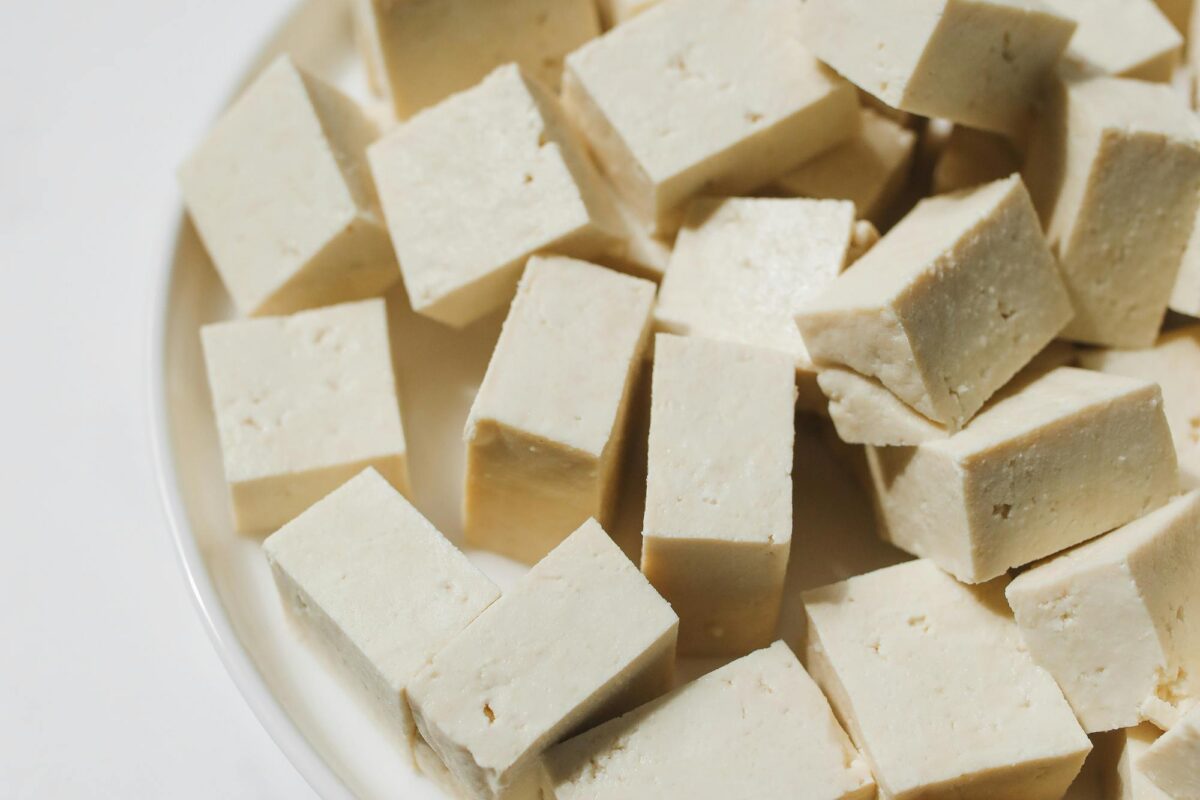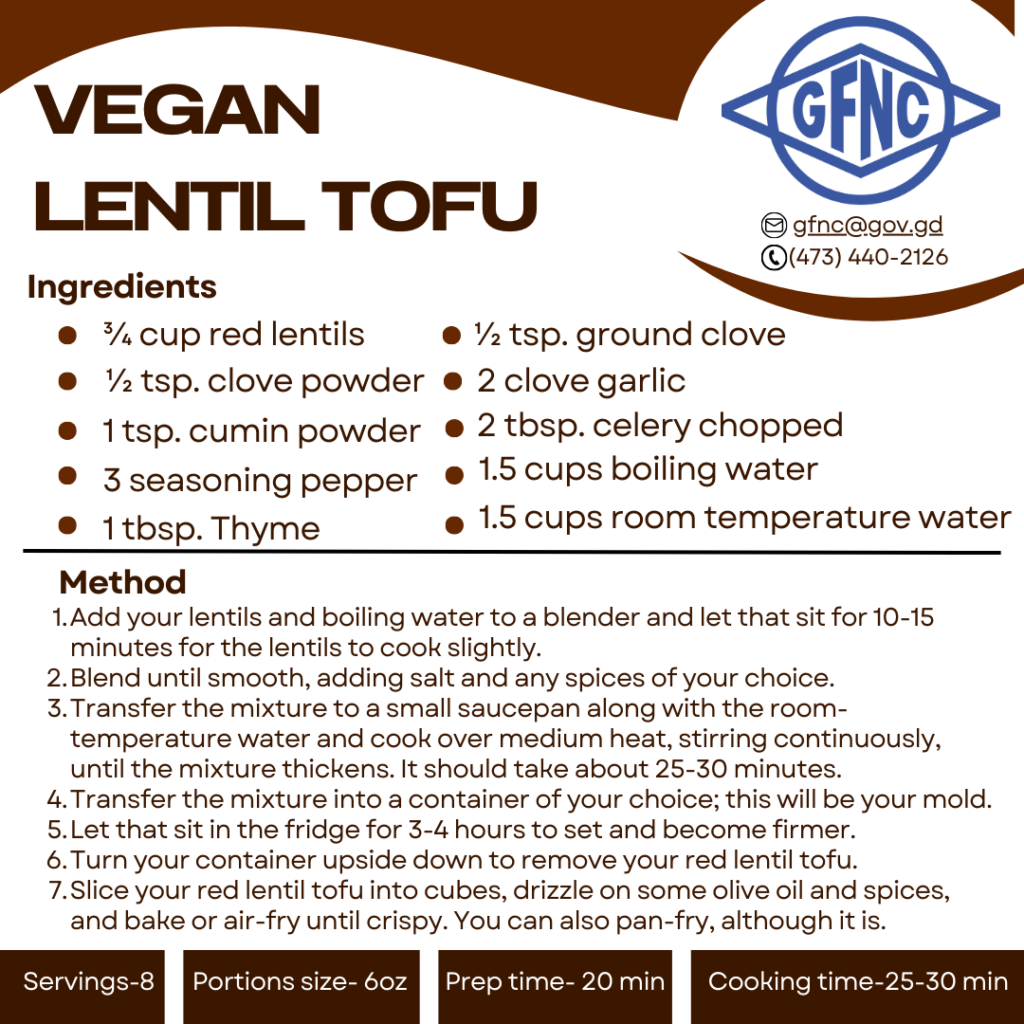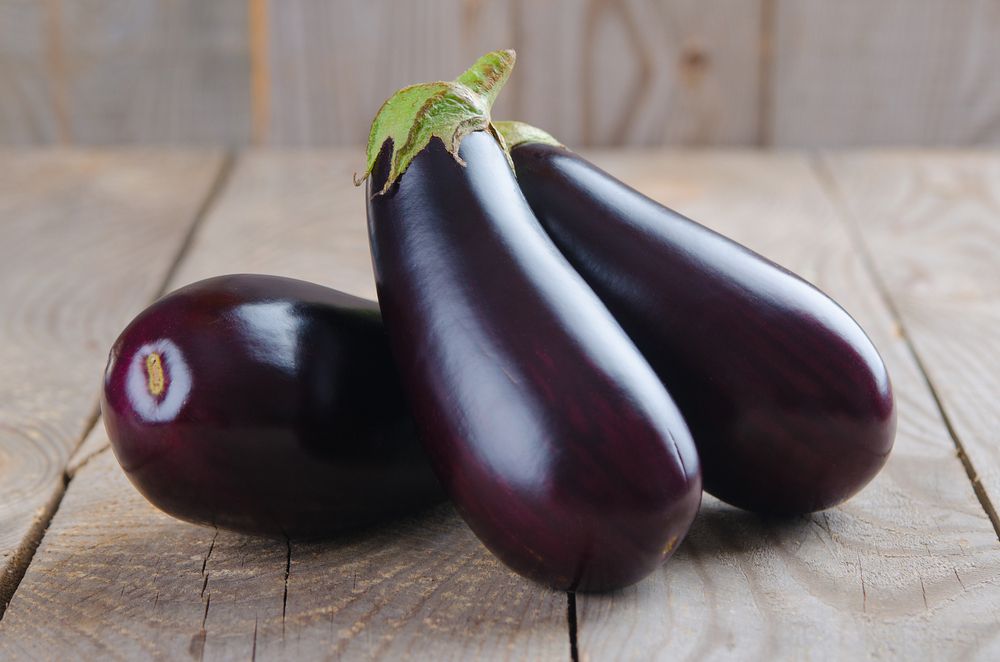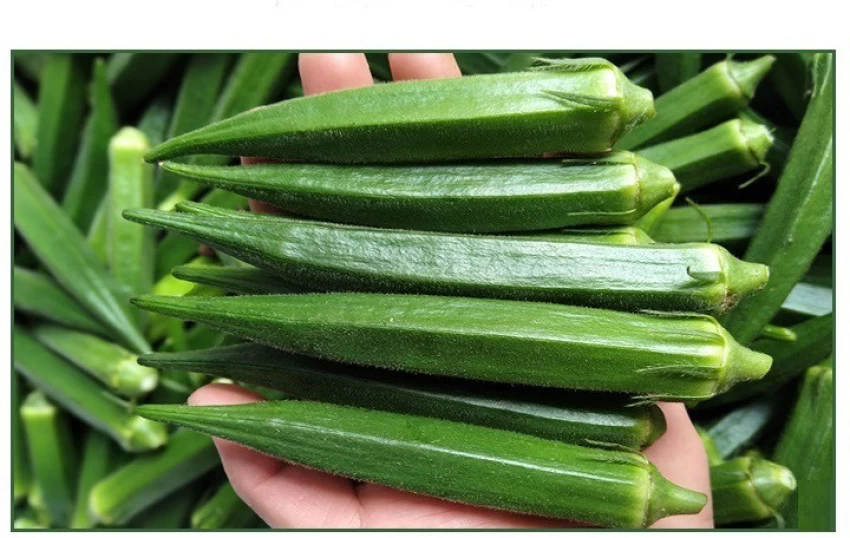
The health Benefits of Eggplant
This week’s local food feature is eggplant. Eggplants has loads of health benefits including promoting heart health and also may prevent certain cancers due to its antioxidant properties. Eggplants which are also known as Aubergines are very rich in nutrients and minerals, they contain a good amount of fiber, protein, manganese, vitamin K and vitamin C, folate and potassium.
The rich fiber content in eggplants help to promote great digestive health when eaten and it also helps to control your blood sugar levels. When you eat a diet that is high in fiber it slows the digestion of food and keeps the blood sugar levels steady, preventing blood sugar spikes and crashes. Eating Eggplant may also increase insulin secretion, in the body which can help lower blood sugar. A diet high in fiber also helps with weigh management.
Eggplants are also high in antioxidants which help protect the body from damage caused by free radicals and also the occurrence of chronic disease like heart disease and cancer. The enzymes present in Eggplants promotes heart health and lowers the risk of heart related diseases because it helps to lower levels of both LDL cholesterol and triglycerides which affects the function of the heart when high.
Eggplants are very versatile and can be added to a variety of dishes with other fruits and vegetables or by itself. It can be baked, roasted, grilled or sautéed. It can be used to make lasagna, soups and stir-fried meals.
Several recipes incorporating eggplants can be found on the GFNC’s FaceBook page, along with other information on how you can eat healthier meals to live a healthier lifestyle.
The Health Benefits of Sweet Potatoes
This root crop is great for helping protect the body from free radicals that can cause cancers and other illnesses because it is very rich in antioxidants. Sweet potatoes contain a good amount of vitamins A and C which are critical for promoting a healthy immune system, due to their antioxidant properties. This type of potato is also filled with protein, fiber, manganese, copper, vitamin B6, potassium and niacin.
Sweet potatoes are also great for promoting eye health as they are rich in beta carotene, which helps reduce many illnesses that affect the eyes. It is also excellent in promoting gut health because it contains both soluble and insoluble fibers which promote regular bowel movement when eaten in the right amounts and lowers the risk of developing colon cancer. Studies have shown that consuming sweet potatoes can also help to regulate your blood sugar levels and blood pressure levels. It also has anti-inflammatory properties and helps promote memory and brain health.
Sweet potatoes are very versatile and can be prepared in many ways including mashed, as fries or wedges, baked, made into hash browns or diced and cubed and Sauteed, you can also make sweet potato chips. It can also be made into baked goods like sweet potato pudding (just make sure to add more local spices and not too much sugar). It can also be steamed and enjoyed with other provisions and meats or veggies of your choice.
Health Benefits of Okra
This week’s local food feature is okra. Although most people avoid eating okra due to texture the vegetable does have loads of health benefits and can be added to a variety of dishes. Here are some health benefits of okra.
Okra contains several vitamins which include vitamin A, vitamin C which helps to boost the overall immune function, vitamin K which helps in blood clotting and improves bone health. Unlike many other vegetables okra contains high levels of protein which makes it great for weight management, blood sugar control, bone structure support, and muscle mass. Other compounds in okra include carbohydrates, fats, fiber, magnesium and folate.
The antioxidants present in okras also helps to promote a healthy body as they reduce the damage from harmful molecules called free radicals. Studies have shown that compounds like lectin and folate which are found in okra can be used to prevent breast cancer in women. Okra is also great for pregnant women as its folate contents can help to preventing fetal problems during pregnancy.
According to healthline.com “the thick gel like substance which makes the okra slimy is known as mucilage, this substance is useful in binding cholesterol during digestion, causing it to be excreted with stools rather than absorbed into your body”. This in turn help to promote heart health.
Eating lots of okra can also help to improve the digestive system as it contains loads of fiber which is important for digestive health and regular bowel movements. Okra can be boiled, steamed, sauteed with other vegetables, added to stews and curries, baked and steamed meat and fish and can also be added to smoothies or eaten raw.
Follow GFNC’s Facebook, Instagram and TikTok for more information on local fruits and vegetables and also healthy recipes.






